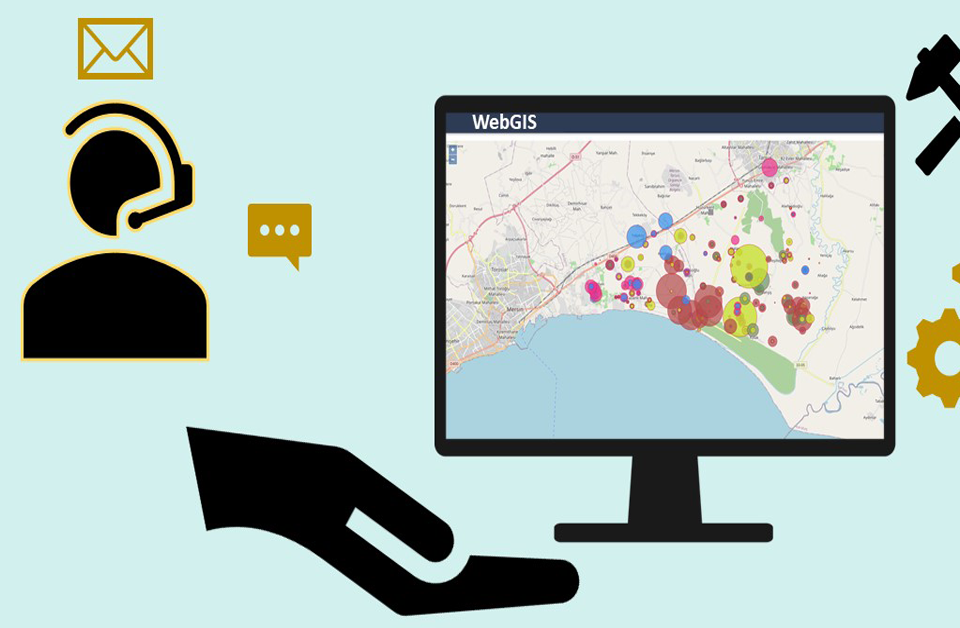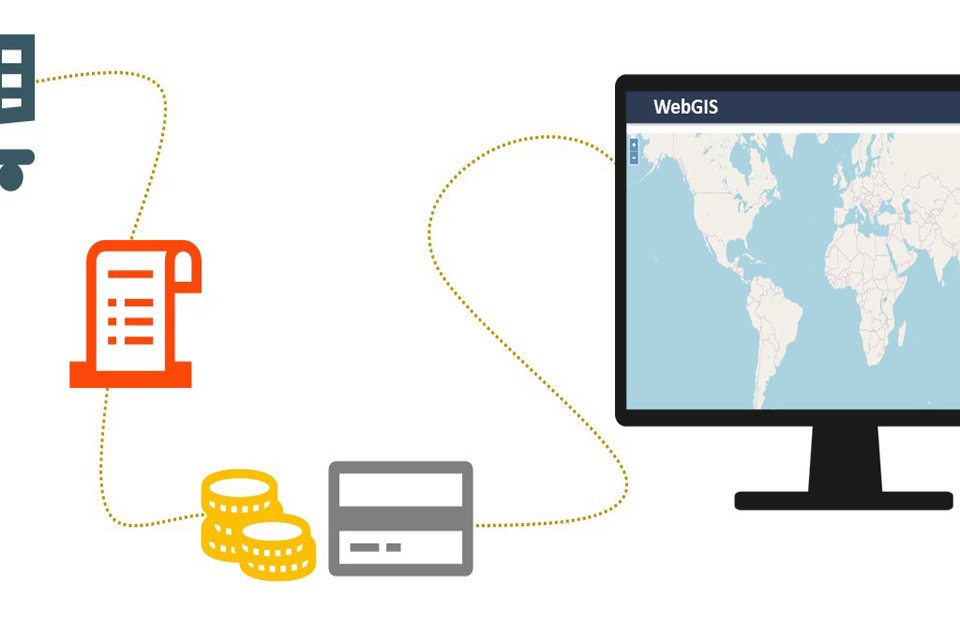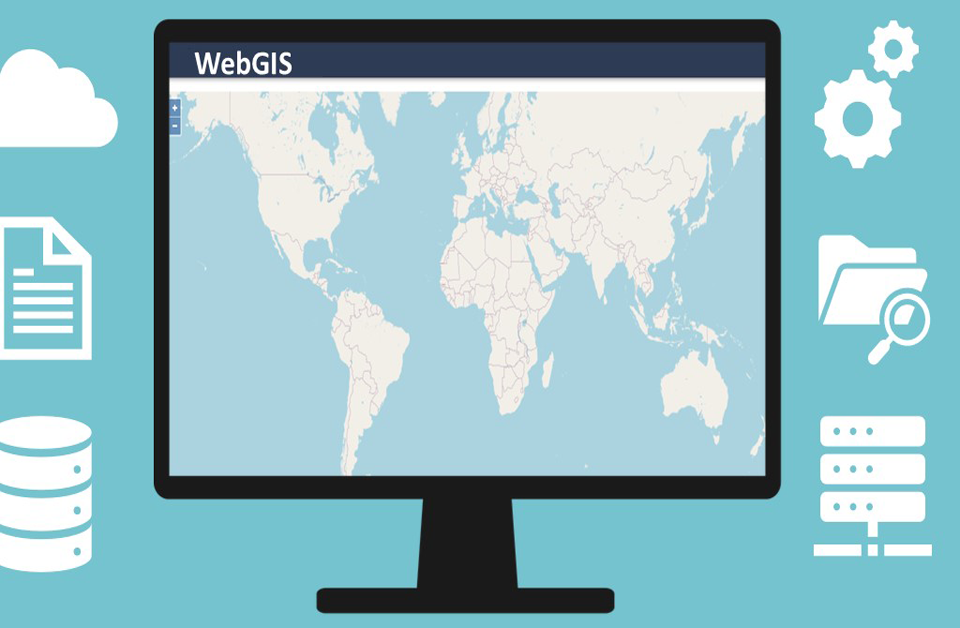The Use of GIS in Water Resource

Mobile GIS for Small and Medium size business marketing
April 1, 2020
River Monitoring Challenges
April 7, 2020A Geographic Information System (GIS) is a framework intended to catch, store, control, examine, oversee, and present spatial or geographic information. GIS applications are devices that permit clients to make intuitive inquiries (client made ventures), dissect spatial data, alter information in maps, and present the consequences of every one of these tasks.
Most importantly we need to expand open mindfulness for the utilization of remote detecting and Geographic Information System (GIS) in water asset observing and the board; intense measures and spread of new laws in the territory of water assets have utilized trend-setting innovations basic and major.
GIS
GIS is an effective tool for managing, storing, and displaying dimensional data usually capable of water resources management. The application of GIS in water resources is automatically on the rise. In order to stress the significance of Geographic Information Systems in water resources management, applications related to this area are addressed and calculated for competent future research and development.
Basics of GIS are assembling and the historical backdrop of the GIS development in water assets is easy to refute. Current GIS applications are introduced including groundwater displaying surface hydrology, water supply and sewer framework demonstrating, stormwater and non-point source contamination demonstrating for downtown and farming territories, and other related applications.

Uses of GIS in Water Resources:
Collection and Management of Geospatial Data:
Geographic data Systems keep information and records about water sources. The information gathered about water assets is put away on servers in various pieces of the world. A portion of the data is as a rule because of handling done on information gathered by GIS. Immense measures of information identified with water assets would thus be able to be put away for imparted access to the assistance of GIS.
Huge remotely propelled geospatial satellites that are consistently on movement and turning close to the world's environment are coordinated with GIS and afterwards used to help in between mainland information and data dispersal. The satellite gives remote information access to every base station that demands the geospatial information.
Most Geographic Information frameworks additionally offer cloud-based stages. This implies a geospatial focus on any part of the world can approach information put away in any of the GIS servers. This pervasiveness and flexibility of data and information access is part of the applications or uses of GIS.
Hydrologic Management:
Studies on the water have shown that water is in most cases under motion or changes its state and pressure with time. GIS comes to play a big part in keeping track of these water conditions.
Hydrologists are thus among the biggest beneficiaries of Geographic information systems. Various studies on the water can be accomplished using well-engineered GIS. Hydrogeology, for example, is a discipline that investigates groundwater together with its storage, occurrence, and motion characteristics.
The nature and characteristics of water stored underground or one which is on the surface either stagnant or in motion can be entered into GIS as data, stored and retrieved for future processing by the geographic Information System.
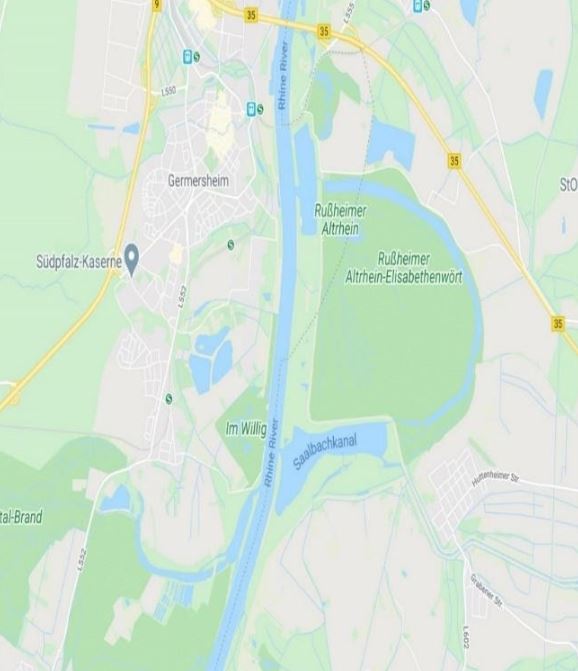
Demonstrating of Groundwater:
Groundwater displaying includes the hydrologists attempting to understand groundwater conduct and attributes. Remembering the shortage of water, such a lot of study should be possible to ensure water catchment zones.
GIS can likewise help in the making of models and structures to help use underground water mindfully. Soil properties and other geographic highlights are normal to explore utilizing GIS corresponding to groundwater. Advanced pictures on groundwater would then be able to be made, for instance, by the utilization of attractive fields during examinations and contextual analyses.
Floods Disaster Management:
During floods and storms, all things considered, water will gather in places occupied by individuals. This can demonstrate trying for the rescue group to go into recusing tasks with little data about the overflowed regions.
Geographic Information System needs to assist crises with saving groups to their administrations securely and expertly. Subsequently, in such cases of flood debacles and unforgiving climate conditions, GIS can be utilized to give insights on influenced regions, empower the government to design clearing too as can be incorporated with climate anticipating frameworks to offer an exact expectation.
For aerial perspectives and simulation of the floods can likewise be made utilizing uncommon framework parts and devices that depend on Geographic Information Systems.
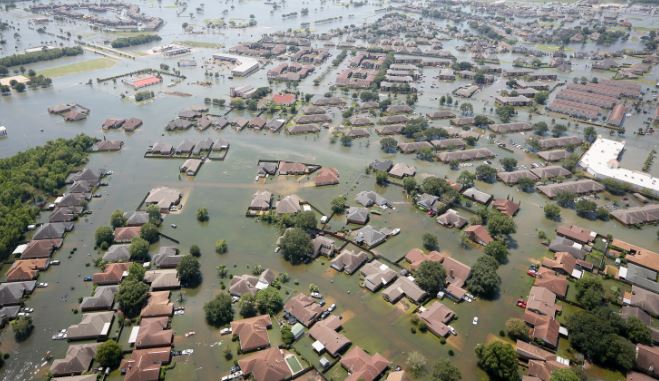
Water Supply Organization:
As we have seen before rain is a convenient asset that no administration or individual can bear. Water supply pipes are laid on the ground and can be checked consistently. Spilling water system parts can likewise be recognized and fixed consistently, which is a lot of conceivable because of the combination of supply system with GIS.
Storehouse and management of Spatial data:
GIS stores data and reports about water sources. The data gathered about water resources is saved on servers in distant parts of the earth. Some of the info is normally as a result of altering done on data collected by GIS. Large volumes of data linked to water resources can thus be saved for common access with the help of GIS. Vast apparently lofted geospatial satellites that are always on motion and rotational near the earth’s atmosphere are unified with GIS and then used to help in global data and information spreading. The satellite gives wireless data entry to all support stations that appeal to the geospatial data. Most GIS also offers cloud-built platforms. It shows that spatial centres in any area of the world can have an approach to data saved in any of the GIS servers. This popularity and resilience of data and information approach is part of the functions or purpose of GIS.
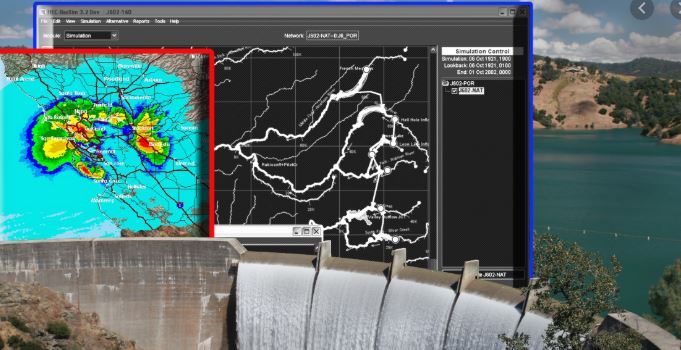
Waterboard:
Applications on the water have appeared that water is in major instances under movement, or changes its condition and force with time. GIS plays a key role in custody track of these water orders. geologists are thus among the huge receivers of Geographic information systems. Different examinations on the water can be mastered by utilizing skillfully-engineered GIS. The environment and features of water saved belowground or in movement can be passed into GIS as data, stored and recovered for later handling by the gis.
Classification Study of Water:
All the water that lasts in the world is not safe for consumption by humans or all other living beings. Collecting unsuitable water can guide to unfavourable health circumstances. Through GIS, inspections on a slope, sewage features, and land utility design can be utilized to divine whether the water in a providing location is safe to take or not. Due to the capacity of GIS to sort huge amounts of data, sample data can be handled, saved as well as details generated. These details can be used by the applicable authority or even the public administration to make further study and regulations on water and to understand whether the water is safe to drink or not.
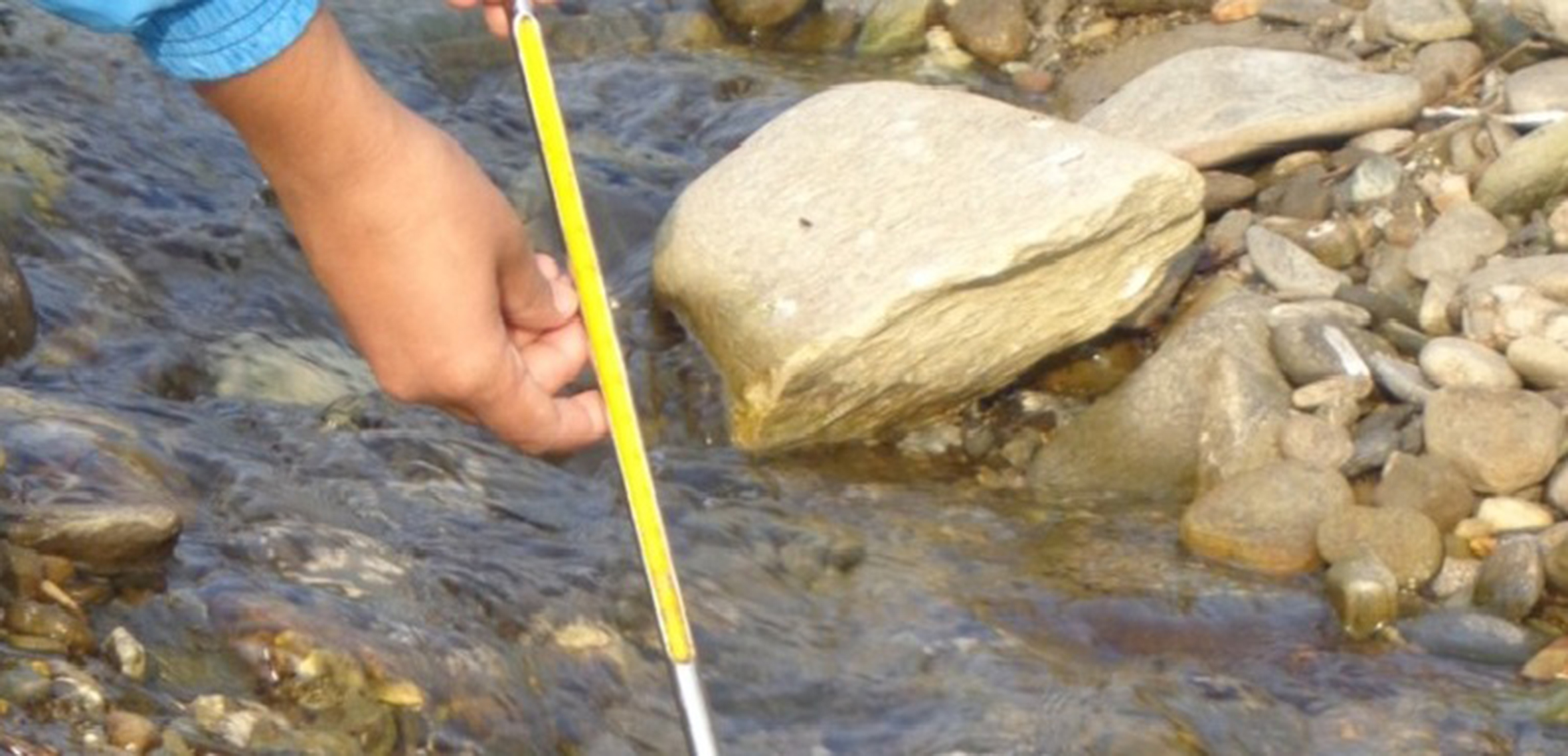
Water Dispense Management:
We all have seen before that rain is a natural resource that no public authority or individual can bear to misuse. Water dispense pipes are placed on the earth and can be observed on an instantaneous basis. Excluding water system parts can also be recognized and fixed on an instantaneous basis, which is much attainable due to the combination of dispense systems with GIS.
Water Supply Organization:
As we have seen before rain is a convenient asset that no administration or individual can bear. Water supply pipes are laid on the ground and can be checked consistently. Spilling water system parts can likewise be recognized and fixed consistently, which is a lot of conceivable because of the combination of supply system with GIS.
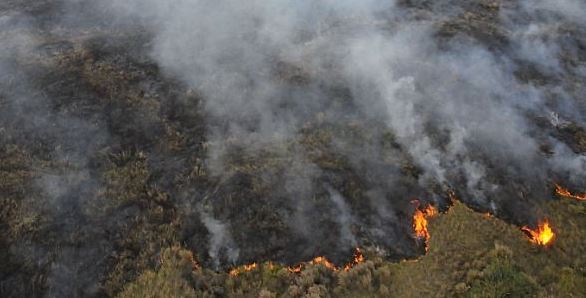
Gutter System Management:
Most of the human excreta in many areas of the earth are served and carried to water bodies. Anyhow severe and precise administration of gutter lines must be systematically made. Failure to run the gutter system well can head to diseases outburst that head to demeaning the country’s wealth. GIS has also played a laudable role in gutter system management. Care of the gutter can also be done with the help of GIS. Actual mapping techniques that are conveyed by these information systems on gutter lines are also major as they control harming waste pipes during the raising of constructions like roads, rails, buildings, etc.
UIZ (Umwelt und Informationstechnologie Zentrum) has been offering GIS application services in the field of environmental monitoring and management including water resources monitoring and management.


